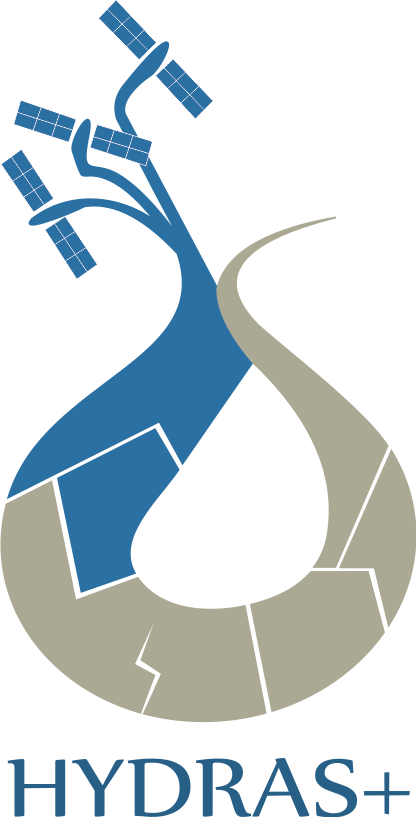
Motivated by climate change and its impact on the availability or excess of water in several parts of the world, the hydrologic cycle is increasingly monitored at a global scale.
Such monitoring is important for understanding the impacts on water resources, assessing the vulnerability to or the extent of extreme events and providing early warnings. Monitoring systems are often based on a combination of land surface modelling and remote sensing, in which satellite data can be used as input to these models or for updating the model states.
Much advances have been made in this domain, however, the near future brings new opportunities with respect to remote sensing (e.g. the simultaneous acquisition of active and passive microwave data), while the number of satellite missions for monitoring water resources is still increasing.
HYDRAS+ aims at:
(1) investigating innovative techniques that allow for combining multiple types of remote sensing data for use in monitoring systems,
(2) introducing an alternative flexible hydrologic model that requires less computational effort than land surface models, making it possible to generate early-warnings for large areas using less powerful computers,
(3) investigating adequate data assimilation techniques such that monitoring systems may profit optimally from remote sensing observations.